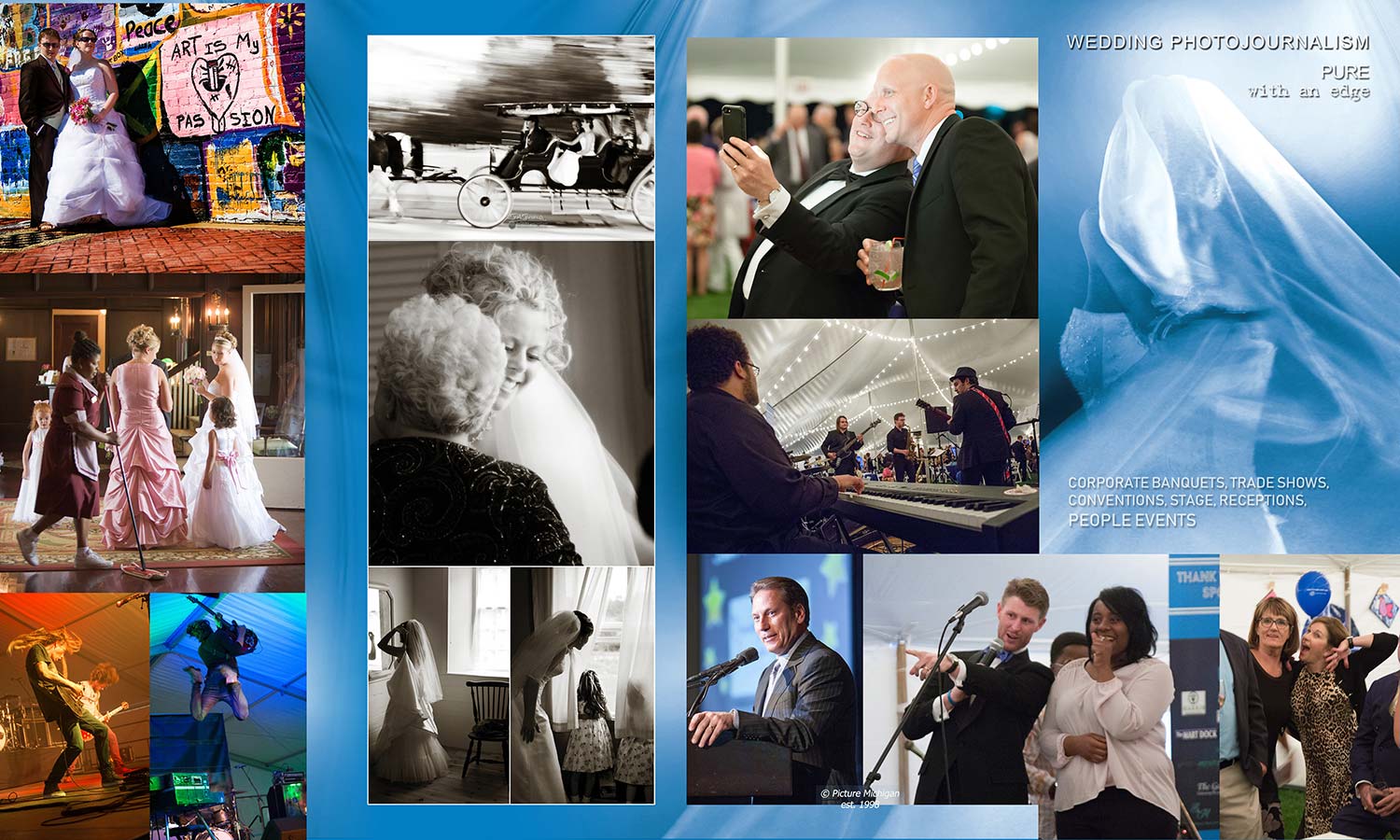The following paragraphs are footnotes and afterthoughts to expand this video from the three-part series on Edward Curtis and The North American Indian.
I’m not sure if this video is too long or too short. It’s a bit long as a YouTube standard.
But a lot of information was cut to keep it manageable.
The particular focus here is the topic of pictorialism.
To reemphasize, the Pictorialism Movement (around 1890-1910) was first and foremost about the presentation of photography as ART. The common thread of these “pictorialists,” was not about photographic style, but about artistic expression.
Today’s sources of information place an incorrect emphasis on a style of photography. Their thesis statement would describe the Pictorialism Movement as a style that is blurry, fuzzy, out-of-focus, heavily manipulated, and romanticized.
Also noteworthy, today’s experts consider Alfred Stieglitz as the primary influence of the Pictorial Movement. In America and New York City, that would be correct. However, The Pictorial Movement was a global movement.
I can appreciate how the experts today would come to their conclusion. It is very easy to find a few quotes from that time period that backs up their thesis. And that conclusion is entirely incorrect.
My thesis statement is that pictorialism in photography is NOT a style but rather a branch of photography, contrasted by straight photography.
Pictorial Movement was rooted in London. Paris, Vienna, and many other locales were also squarely in the middle of this movement.
Remember, in definition and regular usage, the term PICTORIAL was synonymous with ART. So in Paris, it would not have been called Pictorial Photography. It would have been called L’art Photographique.
Simple. The main challenge here, is that picture and pictorial have different meanings today then 125 years ago.
Moreover, the experts will expand the timeline by saying the Straight Photography Movement followed.
In that timeline, call it a hundred years ago, it technically was not a movement. The era was witness to the same debate. With different figures leading the charge. Pictorial vs. Straight photography. Artistic vs. Mechanical Duplication photography.
It could be said there was a Pure Photography movement. Maybe. Those that were interested in pictorial photography continued the pursuit of the naturalistic representation of nature.
As photography was becoming accepted as ART, the “impressionistic” or “painterly” style of photography was beginning to fade. I’m referring to the style or treatment of photography that is improperly called pictorialism: fuzzy, blurry, romanticized, heavily manipulated.
It’s easy to see when looking back in time. Painters saw the photographer instantly and automatically portraying the natural delicacy of blending light into shadow and the perfect accuracy of linear perspective.
Photographers were imitating paintings less and less. Likewise, Painters were imitating photographs less and less.
I will simply conclude with my opinion of the era commonly called the Modern Art Movement. It all got muddy.
Painters found trend and fashion in breaking away from the trends and fashions.
There was brilliant art being made a hundred years ago. And there were also groups with different agendas making statements in the name of art. Statements, creatively stated. But was it artistic? Was it art? It’s like they were singing an interesting lyric, but the melody sounded like playing the piano while wearing boxing gloves.
Stay tuned. This discussion on pictorialism in photography is to be continued.
– Jon

